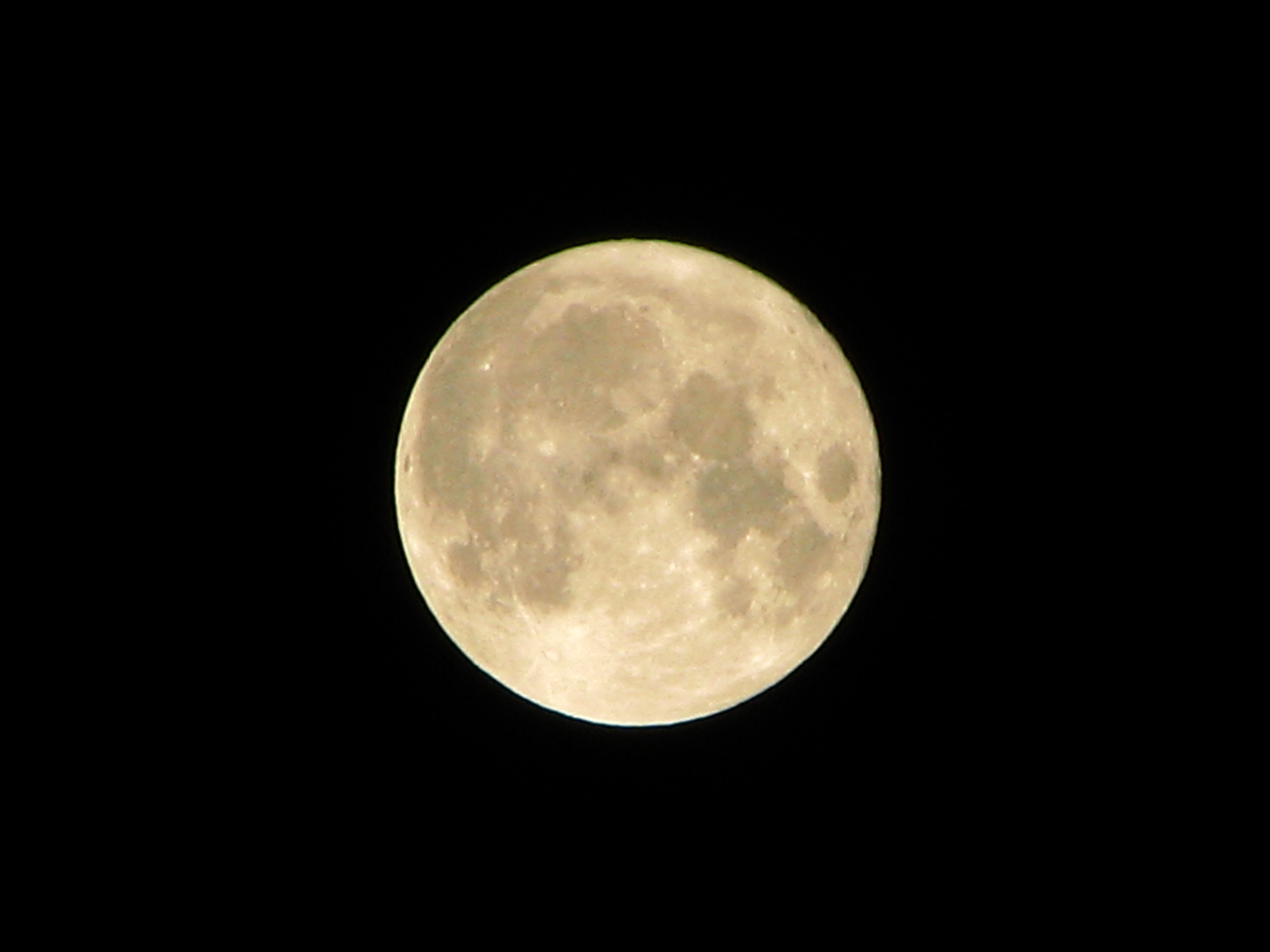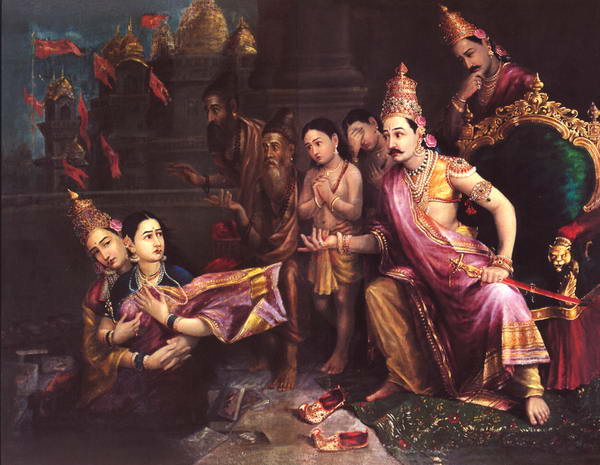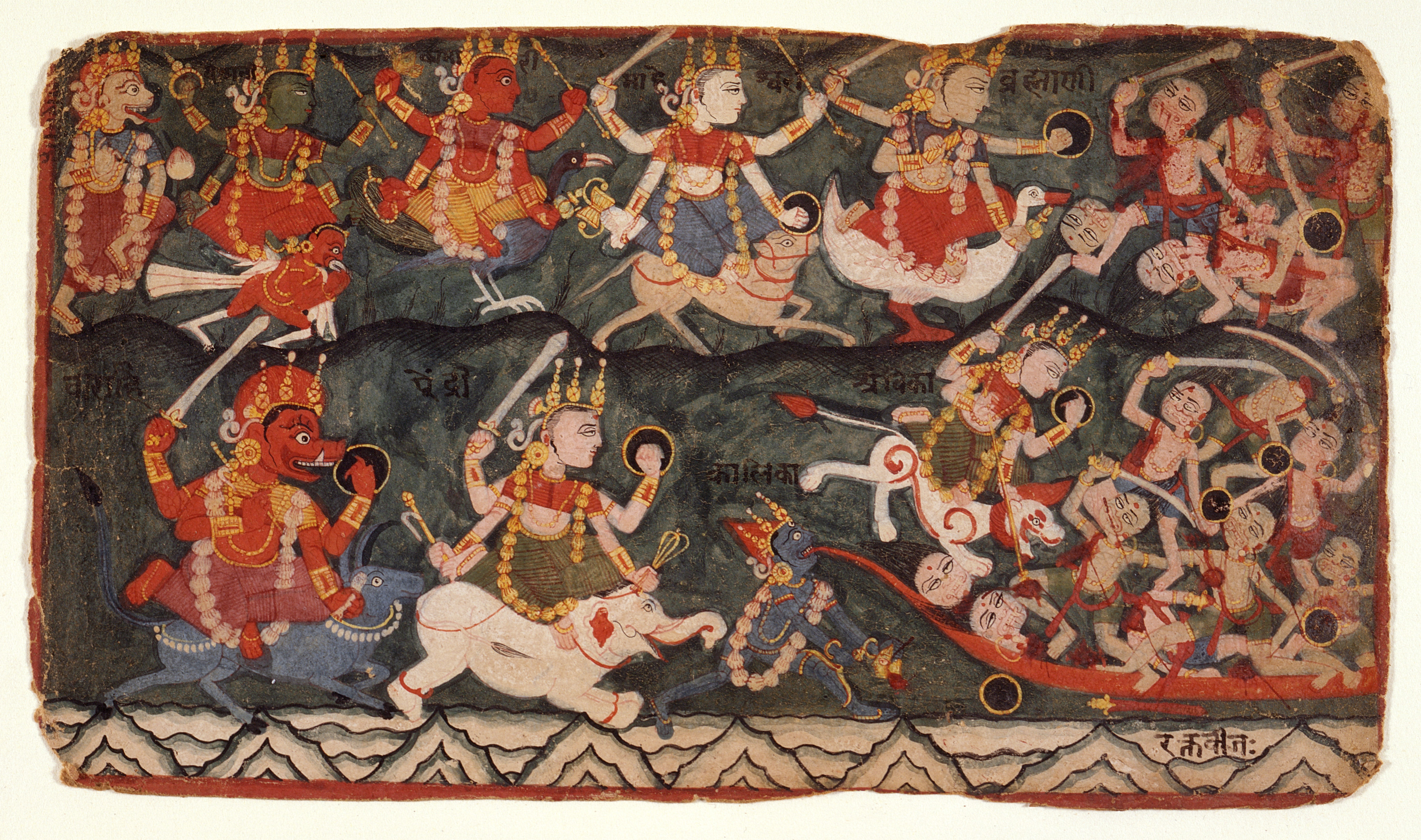|
Sri Pundarikashan Perumal Temple
The Pundarikakshan Perumal Temple or Thiruvellarai Temple in Thiruvellarai, a village in the outskirts of Tiruchirappalli in the South Indian state of Tamil Nadu, is dedicated to the Hindu god Vishnu. Constructed in the Dravidian architecture, Dravidian style of architecture, the temple is glorified in the ''Divya Prabandha, Naalayira Divya Prabandham'', the early medieval Tamil literature, Tamil canon of the Alvars, Alvar saints from the 6th–9th centuries CE. It is one of the 108 ''Divyadesam, Divya Desams'' dedicated to Vishnu, who is worshipped as Pundarikakshan and his consort Lakshmi as Pankajavalli. According to legends, the temple is said to have been built by Shibi (king), Sibi Chakravarthy. The temple has three inscriptions in its two rock-cut caves, two dating from the period of Nandivarman II (732–796 CE) and the other to that of Dantivarman (796–847). It also has Pallava sculptural depictions of Narasimha and Varaha, Dashavatara, two of the ten avatars of Vishn ... [...More Info...] [...Related Items...] OR: [Wikipedia] [Google] [Baidu] |
Thiruvellarai
Thiruvallarai, also spelled as Thiruvellarai, is a Village in the Indian States and territories of India, state of Tamil Nadu. The Pundarikakshan Perumal Temple, a Vishnu temple, is here. Transport It is situated between Trichy and Thuraiyur, next to Mannachanallur. From Chatram Bus stand there are many city buses and Thuraiyur route buses. Trichirappalli is well connected by train to almost all the major cities of India. By air, there are regular flights to Trichy from Chennai, Madurai, Singapore, Malaysia, Sharjha and Colombo. There are buses to almost all parts of Tamil Nadu and Bangalore round the clock. See also * Divya Desams (Thrivallarai and Thiruvellarai are one and the same Divya Desam or Holy place, in the list of 108 Holy places) Villages in Tiruchirappalli district ... [...More Info...] [...Related Items...] OR: [Wikipedia] [Google] [Baidu] |
Dashavatara
The Dashavatara (, ) are the ten primary avatars of Vishnu, a principal Hindus, Hindu god. Vishnu is said to descend in the form of an avatar to restore cosmic order. The word ''Dashavatara'' derives from , meaning "ten", and , roughly equivalent to "incarnation". The list of included avatars varies across sects and regions, particularly with respect to the inclusion of Balarama (brother of Krishna) or the Buddha. In traditions that omit Krishna, he often replaces Vishnu as the source of all avatars. Some traditions include a regional deity such as Vithoba or Jagannath in penultimate position, replacing Krishna or Buddha. All avatars have appeared except one: Kalki, who will appear at the end of the ''Kali Yuga''. The order of the ancient concept of Dashavataras has also been interpreted to be reflective of modern Darwinian evolution, as a description of the evolution of consciousness. Etymology "Dashavatara" or "" (दशावतार) means "ten avatars" or "ten inc ... [...More Info...] [...Related Items...] OR: [Wikipedia] [Google] [Baidu] |
Chandra
Chandra (), also known as Soma (), is the Hindu god of the Moon, and is associated with the night, plants and vegetation. He is one of the Navagraha (nine planets of Hinduism) and Dikpala (guardians of the directions). Etymology and other names The word "Chandra" literally means "bright, shining or glittering" and is used for the "Moon" in Sanskrit and other Indo-Aryan languages.''Graha Sutras'' by Ernst Wilhelm, published by Kala Occult Publishers p. 51 It is also the name of various other figures in Hindu mythology, including an asura and a Suryavamsha king. It is also a common Indian name and surname. Both male and female name variations exist in many South Asian languages that originate from Sanskrit. Some of the synonyms of Chandra include ''Soma'' (distill), ''Indu'' (bright drop), ''Atrisuta'' (son of Atri), ''Shashin'' or ''Shachin'' (marked by hare), ''Taradhipa'' (lord of stars) and ''Nishakara'' (the night maker), ''Nakshatrapati'' (lord of the Nakshatra), '' ... [...More Info...] [...Related Items...] OR: [Wikipedia] [Google] [Baidu] |
Indra
Indra (; ) is the Hindu god of weather, considered the king of the Deva (Hinduism), Devas and Svarga in Hinduism. He is associated with the sky, lightning, weather, thunder, storms, rains, river flows, and war. [3 volumes] Indra is the most frequently mentioned deity in the ''Rigveda''. He is celebrated for his powers based on his status as a god of order, and as the one who killed the great evil, an Asura (Hinduism), asura named Vritra, who obstructed human prosperity and happiness. Indra destroys Vritra and his "deceiving forces", and thereby brings rain and sunshine as the saviour of mankind. Indra's significance diminishes in the post-Vedic Indian literature, but he still plays an important role in various mythological events. He is depicted as a powerful hero. According to the ''Vishnu Purana'', Indra is the title borne by the king of the gods, which changes every Manvantara – a cyclic period of time in Hindu cosmology. Each Manvantara has its own Indra and the In ... [...More Info...] [...Related Items...] OR: [Wikipedia] [Google] [Baidu] |
Shiva
Shiva (; , ), also known as Mahadeva (; , , Help:IPA/Sanskrit, [mɐɦaːd̪eːʋɐh]) and Hara, is one of the Hindu deities, principal deities of Hinduism. He is the God in Hinduism, Supreme Being in Shaivism, one of the major traditions within Hinduism. Shiva is known as ''The Destroyer'' within the Trimurti, the Hinduism, Hindu trinity which also includes Brahma and Vishnu. In the Shaivite tradition, Shiva is the Supreme Lord who creates, protects and transforms the universe. In the goddess-oriented Shaktism, Shakta tradition, the Supreme Goddess (Devi) is regarded as the energy and creative power (Shakti) and the equal complementary partner of Shiva. Shiva is one of the five equivalent deities in Panchayatana puja of the Smarta Tradition, Smarta tradition of Hinduism. Shiva has many aspects, benevolent as well as fearsome. In benevolent aspects, he is depicted as an Omniscience, omniscient yogi who lives an Asceticism#Hinduism, ascetic life on Kailasa as well as a house ... [...More Info...] [...Related Items...] OR: [Wikipedia] [Google] [Baidu] |
Brahma
Brahma (, ) is a Hindu god, referred to as "the Creator" within the Trimurti, the triple deity, trinity of Para Brahman, supreme divinity that includes Vishnu and Shiva.Jan Gonda (1969)The Hindu Trinity, Anthropos, Bd 63/64, H 1/2, pp. 212–226.Jan Gonda (1969)The Hindu Trinity, Anthropos, Bd 63/64, H 1/2, pp. 218–219. He is associated with creation, knowledge, and the ''Vedas''. Brahma is prominently mentioned in Creation myth, creation legends. In some ''Puranas'', he created himself in a golden embryo known as the Hiranyagarbha. Brahma is frequently identified with the Rigvedic deities, Vedic god Prajapati.;David Leeming (2005), The Oxford Companion to World Mythology, Oxford University Press, , page 54, Quote: "Especially in the Vedanta Hindu Philosophy, Brahman is the Absolute. In the Upanishads, Brahman becomes the eternal first cause, present everywhere and nowhere, always and never. Brahman can be incarnated in Brahma, in Vishnu, in Shiva. To put it another way, eve ... [...More Info...] [...Related Items...] OR: [Wikipedia] [Google] [Baidu] |
Bhūmi
Bhumi (Sanskrit: भूमि, romanized: Bhūmi), also known as Bhudevi, Dharani, and Vasundhara, is a significant goddess in Hinduism, personifying the Earth. Her earliest form is reflected in the Vedic goddess Prithvi, though their roles and depictions are drastically different. Bhumi features prominently in the ''Mahabharata'' and various Puranas. According to Vaishnava tradition, she is the second consort of Vishnu, along with Sridevi and Niladevi. As per Hindu mythology, Varaha, the third avatar of Vishnu, saved her from the asura Hiranyaksha and later married her, making her one of his consorts. After this rescue, Varaha and Bhumi have a son named Mangala. Bhumi also bears Narakasura, an asura, due to Hiranyaksha's influence. In the epic ''Ramayana'', she is mentioned as the mother of Sita, the epic's female protagonist. Bhumi is described to be born as Satyabhama, the consort of Krishna, to assist in slaying Narakasura. The Alvar saint Andal is also considered an av ... [...More Info...] [...Related Items...] OR: [Wikipedia] [Google] [Baidu] |
Markandeya
Markandeya () is a rishi (sage) featured in Hindu literature. He is the son of the sage Mrikanda and his wife, Manasvini. The Markandeya Purana (one of the eighteen Mahāpurāṇas in Hinduism), attributed to the sage, comprises a dialogue between Markandeya and a sage called Jaimini. A number of chapters in the Bhagavata Purana are dedicated to his conversations and prayers. He is also mentioned in the Mahabharata. Markandeya is venerated within all mainstream Hindu traditions. Legend Rescue by Kalantaka-Shiva One legend relates the story of how Shiva, one of the main deities of Hinduism, protected Markandeya from the clutches of death, personified as Yama. Sage Mrikanda performed penance to propitiate Shiva for several years and sought from him the boon of begetting a son. Shiva offered him the choice of either a virtuous and pious son who would have a short life, or a dull-witted, malicious child who would have a long life. Mrikanda chose the former, and was bles ... [...More Info...] [...Related Items...] OR: [Wikipedia] [Google] [Baidu] |
Vahana
''Vāhana'' () or ''vahanam'' () denotes the being, typically an animal or mythical entity, a particular Hindus, Hindu deity is said to use as a vehicle. In this capacity, the vāhana is often called the deity's "mount". Upon the partnership between the deity and his vāhana is woven much Hindu iconography, iconography and Hindu mythology, Hindu theology. Deities are often depicted riding (or simply mounted upon) the vāhana. Other times, the vāhana is depicted at the deity's side or symbolically represented as a divine attribute. The vāhana may be considered an :wikt:accoutrement, accoutrement of the deity: though the vāhana may act independently, they are still functionally emblematic or even :wikt:syntagmatic, syntagmatic of their "rider". The deity may be seen sitting or standing on the vāhana. They may be sitting on a small platform, or riding on a saddle or bareback. [...More Info...] [...Related Items...] OR: [Wikipedia] [Google] [Baidu] |
Garuda
Garuda (; ; Vedic Sanskrit: , ) is a Hindu deity who is primarily depicted as the mount (''vahana'') of the Hindu god Vishnu. This divine creature is mentioned in the Hindu, Buddhist, and Jain faiths. Garuda is also the half-brother of the Devas, Gandharvas, Daityas, Danavas, Nāgas, Vanara and Yakshas. He is the son of the sage Kashyapa and Vinata. He is the younger brother of Aruna, the charioteer of the Sun. Garuda is mentioned in several other texts such as the Puranas and the Vedas. Garuda is described as the king of the birds and a kite-like figure. He is shown either in a zoomorphic form (a giant bird with partially open wings) or an anthropomorphic form (a man with wings and some ornithic features). Garuda is generally portrayed as a protector with the power to swiftly travel anywhere, ever vigilant and an enemy of every serpent. He is also known as Tarkshya and Vainateya. Garuda is a part of state insignia of India, Indonesia and Thailand. Both Indonesia and ... [...More Info...] [...Related Items...] OR: [Wikipedia] [Google] [Baidu] |
Nayak Dynasty
The Nayaka dynasties refers to a group of Hindu dynasties who emerged during the Kakatiya dynasty and the Vijayanagara Empire period in South India. Many of these dynasties, such as the Madurai Nayaks and the Thanjavur Nayaks, were originally military governors under the Vijayanagara Empire, who, after the Battle of Talikota, declared themselves independent and established their own polities. Major Nayaka kingdoms The Nayaka kingdoms included the following: *Musunuri Nayakas, 14th century warrior-kings from Andhra Pradesh and Telangana. * Recherla Nayakas, 14th-15th century rulers from Telangana. * Pemmasani Nayaks, 15th–17th century ruling clan from Andhra Pradesh. * Madurai Nayaks, 16th–18th century Telugu rulers of Tamil Nadu. * Thanjavur Nayaks, 16th–17th century Telugu rules of Thanjavur, Tamil Nadu. * Nayaks of Gingee (Senji), 16th–17th century Telugu rulers from Tamil Nadu, previously governors of the Vijayanagara Empire. * Nayakas of Belur, 15th-18th cent ... [...More Info...] [...Related Items...] OR: [Wikipedia] [Google] [Baidu] |
Vijayanagar Empire
The Vijayanagara Empire, also known as the Karnata Kingdom, was a late medieval Hindu empire that ruled much of southern India. It was established in 1336 by the brothers Harihara I and Bukka Raya I of the Sangama dynasty, belonging to the Yadava clan of Chandravamsa lineage. The empire rose to prominence as a culmination of attempts by the southern powers to ward off Muslim invasions by the end of the 13th century. At its peak in the early 16th century under Krishnadevaraya, it subjugated almost all of Southern India's ruling dynasties and pushed the Deccan sultanates beyond the Tungabhadra- Krishna River doab region, in addition to annexing the Gajapati Empire ( Odisha) up to the Krishna River, becoming one of the most prominent states in India. The empire's territory covered most of the lands of the modern-day Indian states of Karnataka, Andhra Pradesh, Tamil Nadu, Kerala, Goa, and some parts of Telangana and Maharashtra. The empire lasted until 1646, althoug ... [...More Info...] [...Related Items...] OR: [Wikipedia] [Google] [Baidu] |






